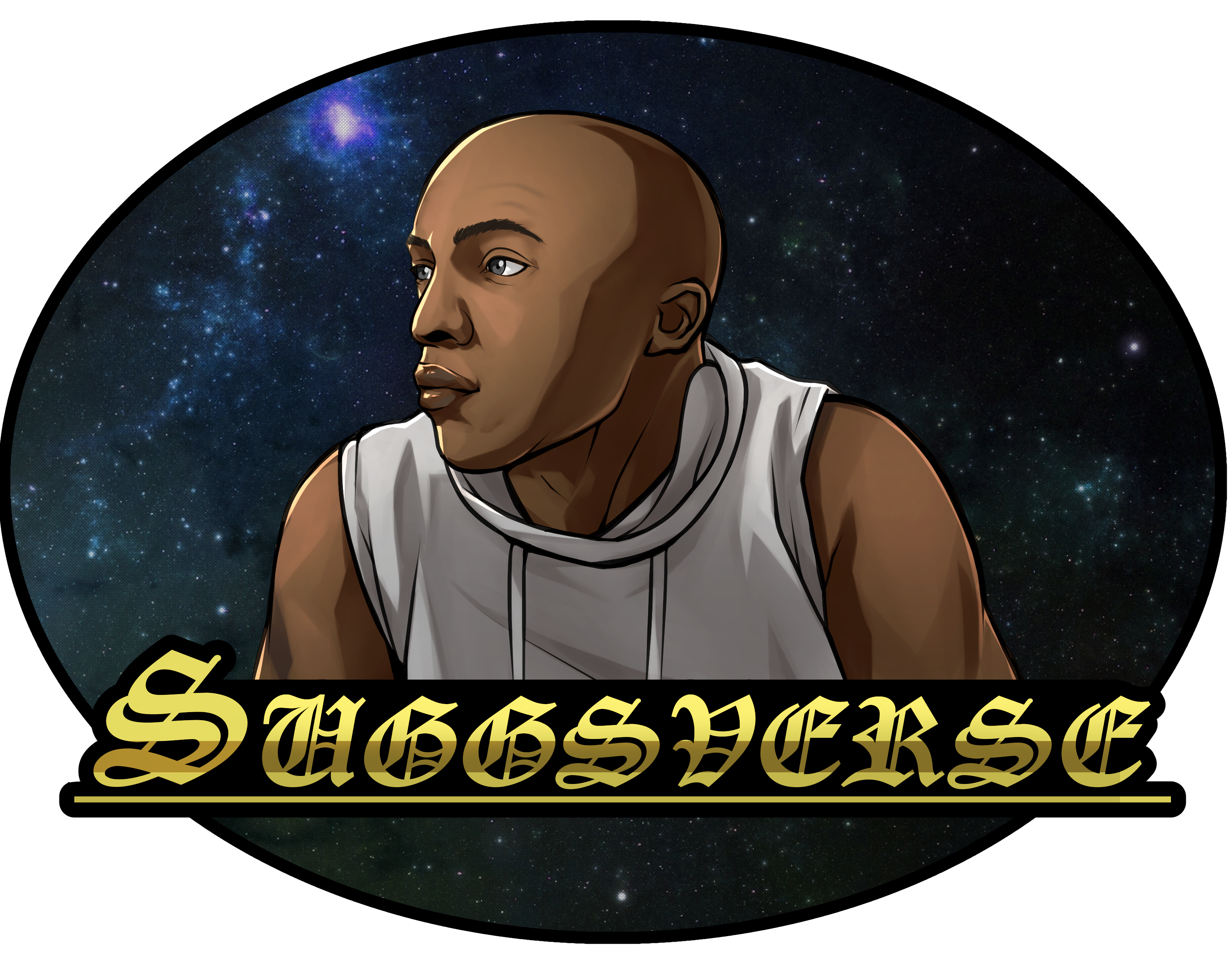Dlclaifsein Article – Suggsverse Characters II
Suggsverse characters constantly control the "ambiguity" - the type of meaning in which a phrase, statement, or resolution is not explicitly defined, making several interpretations plausible. A common aspect of ambiguity is uncertainty. It is thus an attribute of any idea or statement whose intended meaning cannot be definitively resolved according to a rule or process with an infinite number of steps.
Suggsverse characters constantly control the contronym of terms, which are words with multiple meanings (senses) of which one is the reverse of another. For example, the word cleave can mean "to cut apart" or "to bind together". This phenomenon is called antilogy.
Suggsverse characters are able to manipulate names, terms, and essence of pseudowords, which are a unit of speech or text that appears to be an actual word in a particular language, while in fact, it has no meaning in the lexicon. It is a kind of non-lexical vocable. A pseudoword is a specific type of non-word composed of a combination of phonemes that conform to the language's phonotactic rules.
- Words without meaning in a particular language or no occurrence in any text corpus or dictionary can be the result of (the interpretation of) a truly random signal, but there will often be an underlying deterministic source.
- Suggsverse characters manipulate the strings of characters that are not permissible in the spelling of any given target language. Because of this, they can alter any example of a nonword.
- Nonwords are contrasted with pseudowords in that they are not pronounceable and by that their spelling could not be the spelling of a real word.
